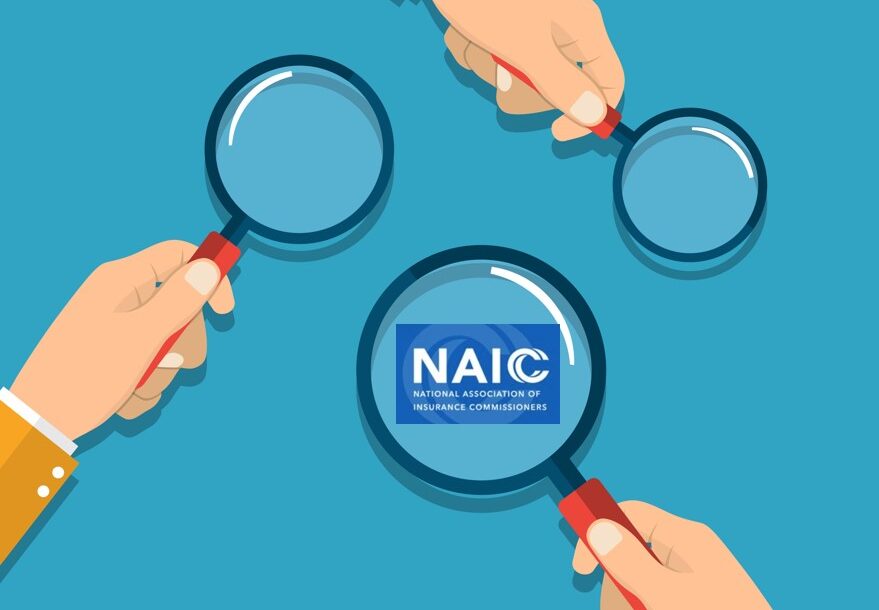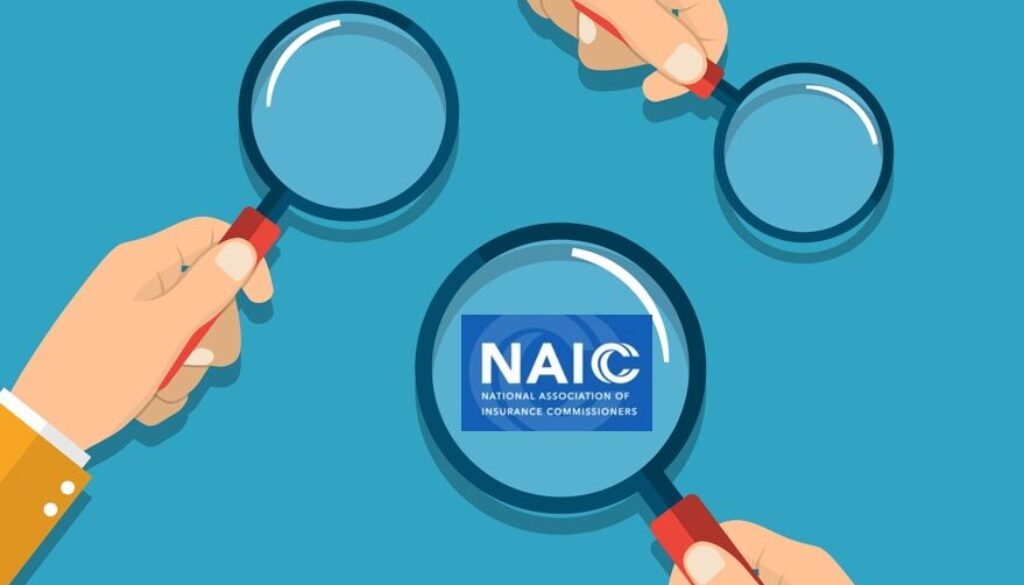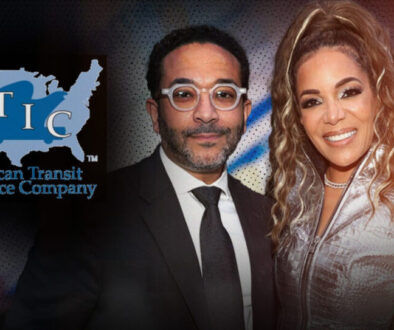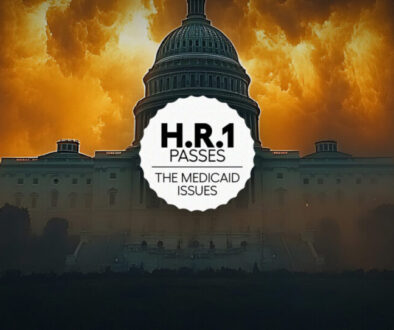Consumer group: NAIC wants influence without accountability

A consumer advocacy group is asserting that the National Association of Insurance Commissioners (NAIC) enjoys widespread power and influence without the accompanying transparency and accountability.
Building upon a previous report, the American Consumer Institute released an updated paper last week analyzing the NAIC’s tax status, lobbying activities, influences, operations and spending habits.
The problem, as the ACI sees it, is that the NAIC enjoys nonprofit status and doesn’t pay taxes, while also being exempted from standard transparency and disclosures required of government agencies.
“The issue right now is, you have this organization, the NAIC, that isn’t subject to any of those rules, but it seems to be exercising a lot of those powers and authority,” said Tirzah Duren, president of the ACI.
An NAIC was not contacted about the ACI paper “and had no role in the research or content of this document,” an NAIC statement said. The NAIC is governed by the chief insurance regulators of the 50 states, the District of Columbia, and the five U.S. territories.
“The function of the NAIC’s professional staff is to support state insurance departments and their nearly 11,000 employees across the country in their mission to ensure fair and stable insurance markets and to protect and educate consumers,” the statement said.
In order to bring greater accountability to the agency, the ACI paper offers the following recommendations:
- Require the NAIC to file an annual Form 990 with the IRS like other nonprofits. “This would provide the public with detailed information about the NAIC’s operations, revenue sources, and financial condition,” the ACI said.
- Subject the NAIC to the same transparency requirements as government agencies if claiming a quasi-governmental status. These must include the Administrative Procedure Act and Freedom of Information Act, the ACI said.
- Independent third-party audit. A comprehensive audit to review the NAIC’s operations, “particularly the potential conflicts of interest” in its revenue-generating activities. The audit should also examine governance practices and provide recommendations for ensuring that state governments retain the ability to override NAIC policies, the ACI said.
Long history of regulation
The NAIC was founded in 1871 as a voluntary organization of state insurance regulators. Its primary mission is to establish standards and best practices for insurance regulation, coordinate regulatory oversight across states, and ensure consumer protection.
The organization has survived several threats to its perch as the main regulator of insurance.
In 1945, Congress passed the McCarran–Ferguson Act after the Supreme Court ruled in United States v. South-Eastern Underwriters Association that the federal government could regulate insurance companies under the authority of the Commerce Clause. McCarran-Ferguson exempts the business of insurance from most federal regulations.
More recently, the Dodd-Frank Wall Street Reform and Consumer Protection Act of 2010 established the Federal Insurance Office. However, it gained little traction in U.S. insurance regulation in the years since and is rumored to be in the sights of the Trump administration downsizers.
The ACI first published its analysis of the NAIC in 2009, Duren said, and kept a watch on the organization in the years since. In recent decades, the NAIC expanded its role in the insurance industry by adding accreditation programs and expanding financial reporting and solvency regulations. Today’s challenges include cybersecurity, climate risks and others, with the NAIC heavily involved.
“The public is left in the dark regarding whether the NAIC is blurring the line between offering helpful guidance or influencing regulation,” the paper explains. “Furthermore, in many cases, state governments treat the NAIC as a quasi-governmental organization, entitled to certain privileges not enjoyed by other nonprofits.”
Lobbying role questioned
The ACI paper questions the lobbying activities of the NAIC. In addition to publicly pushing states to adopt its model laws, the NAIC occasionally takes public stances on insurance issues.
Like it did in 2023 when the Department of Labor released its latest attempt to extend fiduciary duty to the sale of insurance products.
“We fundamentally disagree with the White House’s characterization of state consumer protections for annuity products,” the statement read. “The White House press statement that oversight of these products ‘varies state by state’ and provides ‘inadequate protections and misaligned incentives’ suggests either ignorance of, or willful disregard for, the hard work of the 43 states and counting that have worked diligently to enhance protections for consumers by adopting the NAIC’s Suitability in Annuity Transactions Model Regulation.”
Whether these count as lobbying activities or not is moot since the NAIC doesn’t have to file reports, the ACI noted.
“While overt lobbying for 501(c)3’s is strictly limited by IRS rules and regulations, what little that can occur must be reported,” the paper said. “However, the NAIC does not file such information because a 1955 court ruling found the NAIC is a ‘wholly owned instrumentality’ of the states, meaning it is not subject to such disclosures.”
The ACI also found substantial gains in some of the NAIC revenue-generating activities. The largest source of NAIC’s revenue comes from database fees, which totaled $42.3 million or 27% of the organization’s total 2024 revenue. Insurance companies pay fees to file with the NAIC’s Financial Data Repository.
The NAIC also collects revenue through transaction filing fees. The most notable is the System for Electronic Rate and Form Filing (SERFF), which allows insurance companies to file rate and form changes. Fifty-three U.S. jurisdictions accept filings with SERFF and 35 states require them in at least one business area, ACI said.
As product development and competition increased through the years, so have the number of SERFF transactions. In 2001, there were 3,694 SERFF filing transactions. However, by 2023, that figure grew to 517,571. Meanwhile, the filing fee increased from $7 in 2001 to $19.58 in 2025, ACI noted.
Twenty-three states mandate filing through SERFF, Duren pointed out.
“That’s where you see a lot of these problems about accountability coming into play,” she said. “You have this organization that’s supposed to be a nonprofit, and yet the government is, in a lot of ways, mandating that businesses are required to use this service.”
© Entire contents copyright 2025 by InsuranceNewsNet.com Inc. All rights reserved. No part of this article may be reprinted without the expressed written consent from InsuranceNewsNet.com.
The post Consumer group: NAIC wants influence without accountability appeared first on Insurance News | InsuranceNewsNet.





